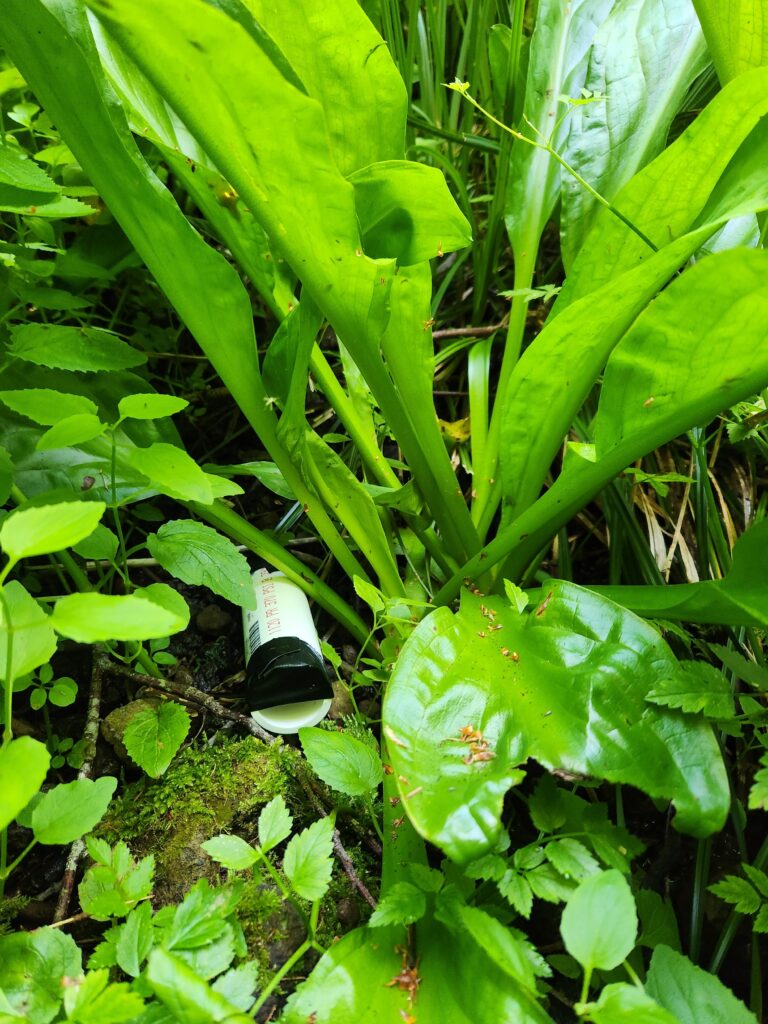Backyard Biodiversity: The Hidden World of the Pacific Water Shrew
Written By: Daniel Krumm
While upon first glance it may be a relatively non-descript small gray mammal, the Pacific water shrew is a rare gem in Northwestern ecosystems, and possesses some of the most interesting behaviors and adaptations in the animal kingdom. They have earned the moniker “the Jesus shrew” because of the presence of specialized air pockets in their fur that allow them to run on the surface of water. Their hunting strategy involves blowing bubbles under water then sucking them back up to enable them to smell prey underwater. When young, the blind baby shrews hang on to their mother’s or sibling’s tail and traipse about the landscape in a single-file line with the whole litter attached to the mother to prevent them from getting lost (if you do an internet search for “shrew conga line”, you won’t regret it). Shrews are closely related to the first mammals that roamed the earth with dinosaurs, and still physically resemble their prehistoric ancestors. They aren’t rodents, but rather belong to the order of mammals Eulipotyphla which also includes hedgehogs and moles.


Listed as a federally endangered species in Canada and imperiled to critically imperiled in British Columbia, very little research has been conducted on the status of Pacific water shrews in the United States. Past population monitoring attempts have indicated that they make up less than 1% of small mammals present in the region. Virtually all specimens found in museum collections were collected before 1950 when they were believed to have been more abundant.
This enigmatic species has historically occurred in riparian and wetland ecosystems from northern California to southern British Columbia, with many prime habitats being built upon and developed for human habitation over the years. As one might imagine, this has led to fragmented habitat that can result in easily-overlooked small mammal species like S. bendirii, western gray squirrels (Sciurus griseus) and red tree voles (Arborimus longicaudus) ending up in places that you would least expect them, despite their rarity. For Pacific water shrews, this could be anywhere with a few inches of water to sustain the macroinvertebrates that they feed on. A small stream in a backyard, a wetland used for stormwater management, even a koi pond could provide the resources that water shrews need to thrive. While red tree voles are currently being considered by the U.S. Fish and Wildlife Service for Endangered Species Act protections, and western gray squirrels are considered Oregon Conservation Strategy species and were recently relisted as Endangered in Washington (WDFW estimates there are only 400-1400 individuals left in the state), the Pacific water shrew has yet to be the subject of any notable conservation interventions in the U.S. This is almost certainly because of a lack of recent data on the species and the tendency for conservation efforts to fall to the wayside for species that are lesser known by the public, or that are considered less “charismatic”.

You may be asking, “What is a citizen scientist to do to aid in the plight of this shrew?” The answer, fortunately, is “potentially quite a bit.” In this case, monitoring methods are affordable and easy to implement. Pacific water shrew presence at a site can be determined using a hair tube made only of PVC pipe, tape, and another adhesive that costs roughly $1 to construct. The tubes are baited and when the animal enters the tube to reach the bait they leave hair on adhesive that is affixed to the inside of the tube. The animal continues about its business unharmed and its hair strands can then be used to identify any species that has passed through the tube. See the video below to watch the placement of a hair tube and for a brief overview on shrew identification.
In closing, remember to familiarize yourself with the animals in your backyard habitat. Mammal identification is a critical skill in managing a healthy ecosystem (I recommend Land Mammals of Oregon by Verts and Carraway as a primer). It’s also important for the conservation of species like the Pacific water shrew, which potentially have stronghold habitat throughout the Northwest that hasn’t been found simply because not many people are looking for it. Before taking actions to remove a mammal from your property, always try to determine which species are present and if what they are doing is damaging from an ecological standpoint or just an aesthetic one. Oftentimes, what initially appears to be destructive behavior like burrowing might just be a normal part of a healthy, natural system.
If you would like more information on S. bendirii monitoring, or would like to report a sighting of small semi-aquatic mammals that you think could be Pacific water shrews, please contact Restoration Ecologist Daniel Krumm at dkrumm@swamproseecology.com.